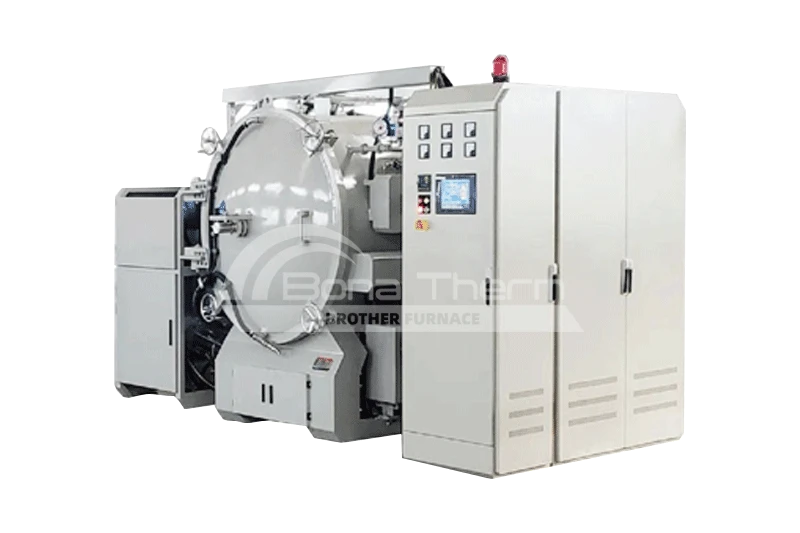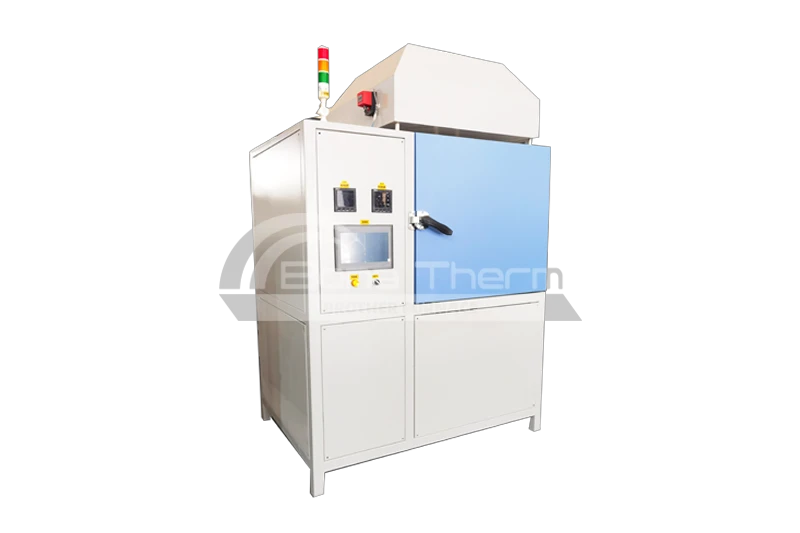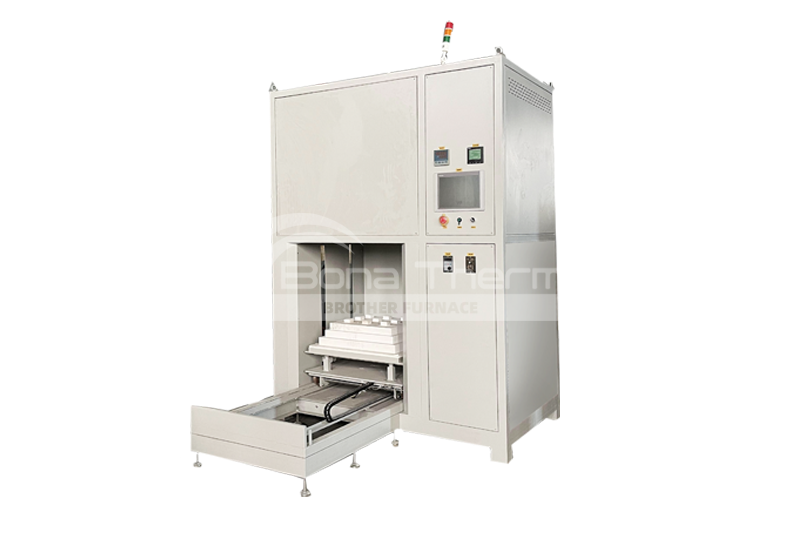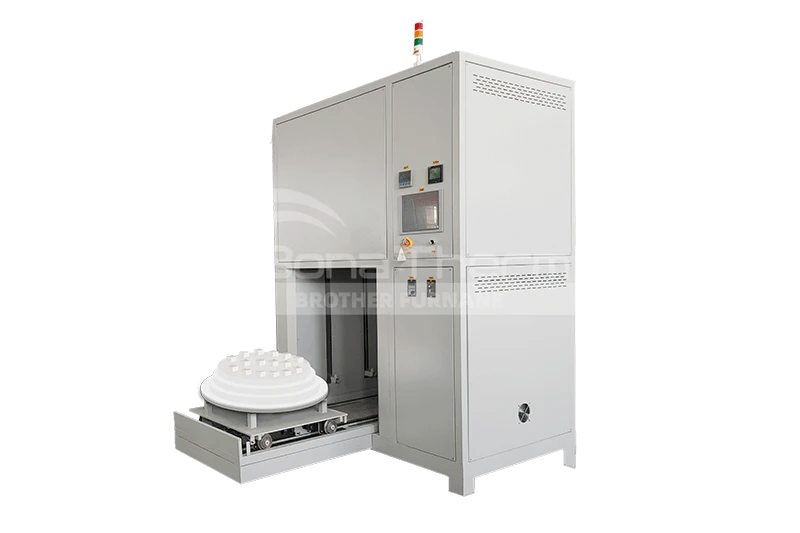Introduction of Vacuum Debinding and Sintering Furnace
The vacuum debinding and sintering furnace has the functions of debinding and sintering and is used for the integrated processing of negative pressure debinding, degassing, and high-temperature sintering in MIM (metal powder injection molding).
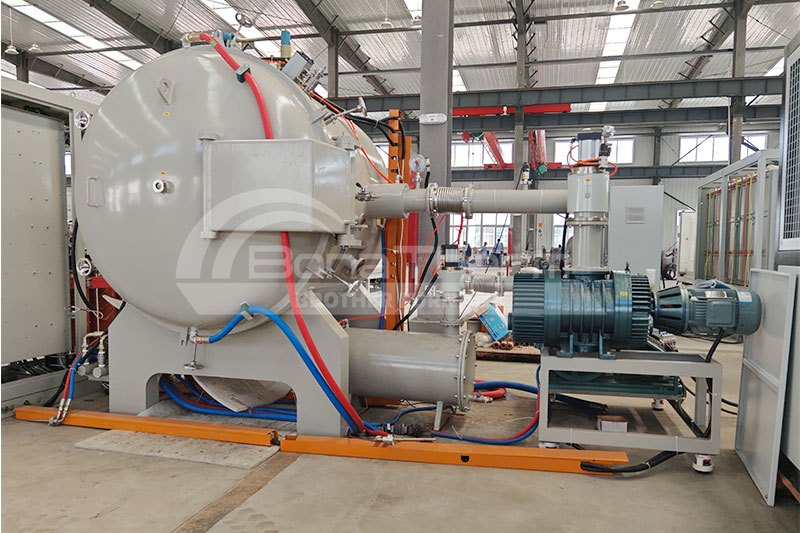
Features of Vacuum Debinding and Sintering Furnace
- A square-sealed box can be installed in the furnace. On the one hand, it makes the furnace space more compact and improves utilization. It can also reduce the consumption of gas and heating power. The most important thing is to prevent the debinding and volatile gas from contaminating the inner wall of the furnace and the insulation material, and then exhausting all outside the furnace.
- Inert gas (N2) is directly charged into the furnace, and the pre-vacuum of the furnace is used to perform negative pressure debinding effectively.
- A multi-layer graphite backing plate effectively utilizes the furnace space for loading materials.
- Graphite rods are used for heating, and high-purity graphite composite carbon felt imported from abroad is used as the insulation layer.
- The maximum heating temperature can reach 1600 degrees, and multi-temperature zone temperature control is adopted to improve temperature uniformity greatly.
- Using a mechanical pump + Roots pump vacuum unit, the vacuum can be vacuumed to 10Pa in 10 minutes.
Specific Processes
Metal Injection Molding (MIM):
In the MIM process, metal powder is mixed with a binder and then molded. The debinding process removes the binder while sintering fuses the metal particles into a solid part. This method is often used to produce small, complex components.
Ceramic Manufacturing:
Ceramic powder is combined with organic additives and then shaped. The debinding process removes the organic materials, followed by sintering to densify the ceramic, which is commonly applied in the production of precision ceramic parts, such as electronic components and cutting tools.
Powder Metallurgy:
In the production of powder metallurgy parts, debinding is used to remove lubricants or binders added during molding, while sintering strengthens and hardens the material. This process is widely applied in manufacturing mechanical components like gears and bearings.
Cemented Carbide Production:
In the production of cemented carbide tools or cutting instruments, debinding and sintering are used to remove wax or other binders from the molded form, with sintering densifying the carbide to enhance its wear resistance.
MIM Process:

Optional Accessories
- Air intake device: glass rotor flow meter (low price); mass flow meter (accurate control)
- Wax collection system.
Technical Parameters
model | Heating area (width*height*depth) ( mm ) | Processing capacity ( kgs ) | Power ( kW ) | Power supply ( V ) | gas |
|---|---|---|---|---|---|
BR-TZV-334 | 300*300*400 | 50 | 40 | 380 | Nitrogen, argon |
BR-TZV-446 | 400*400*600 | 100 | 80 | 380 | Nitrogen, argon |
BR-TZV-669 | 600*600*900 | 300 | 120 | 380 | Nitrogen, argon |

